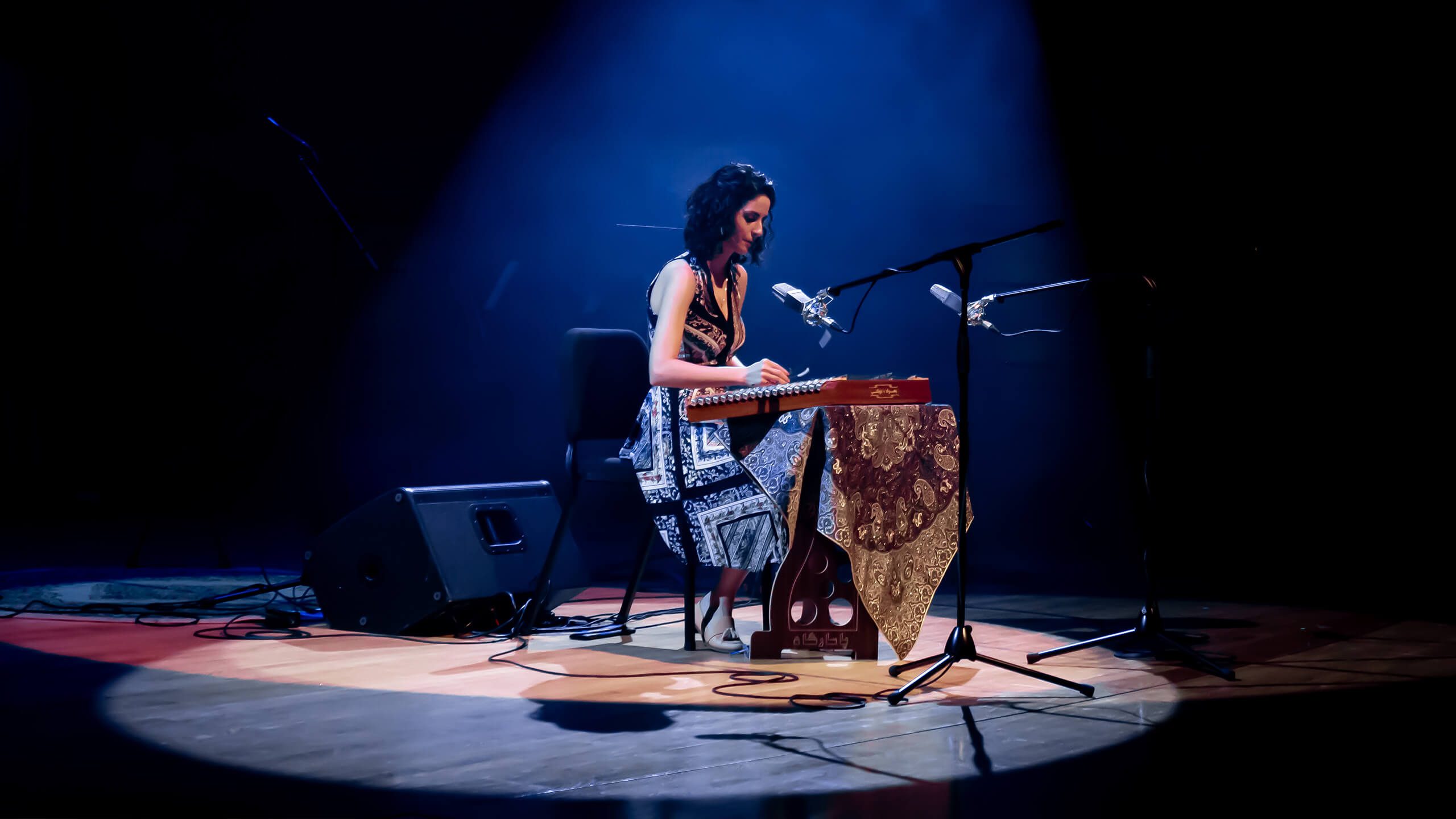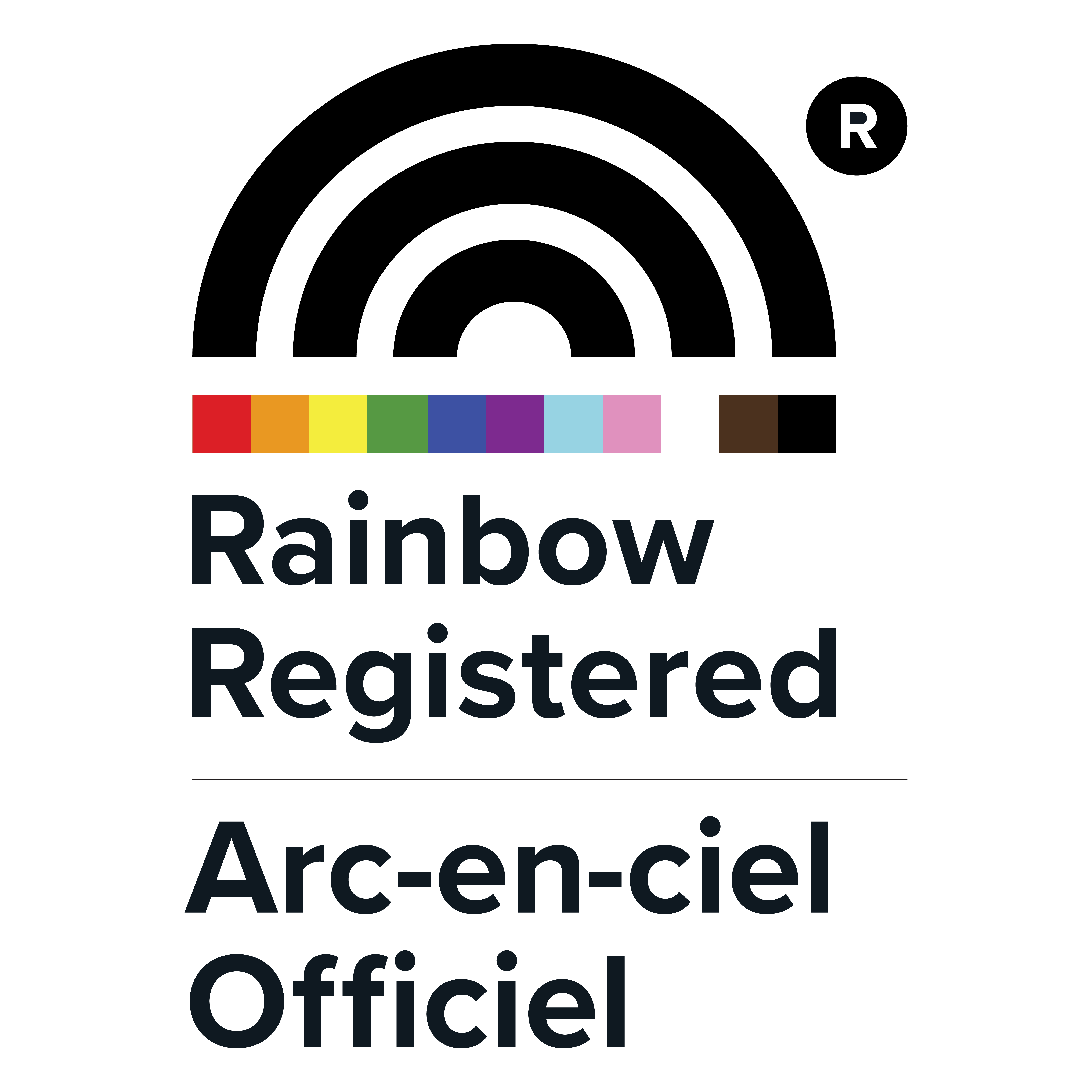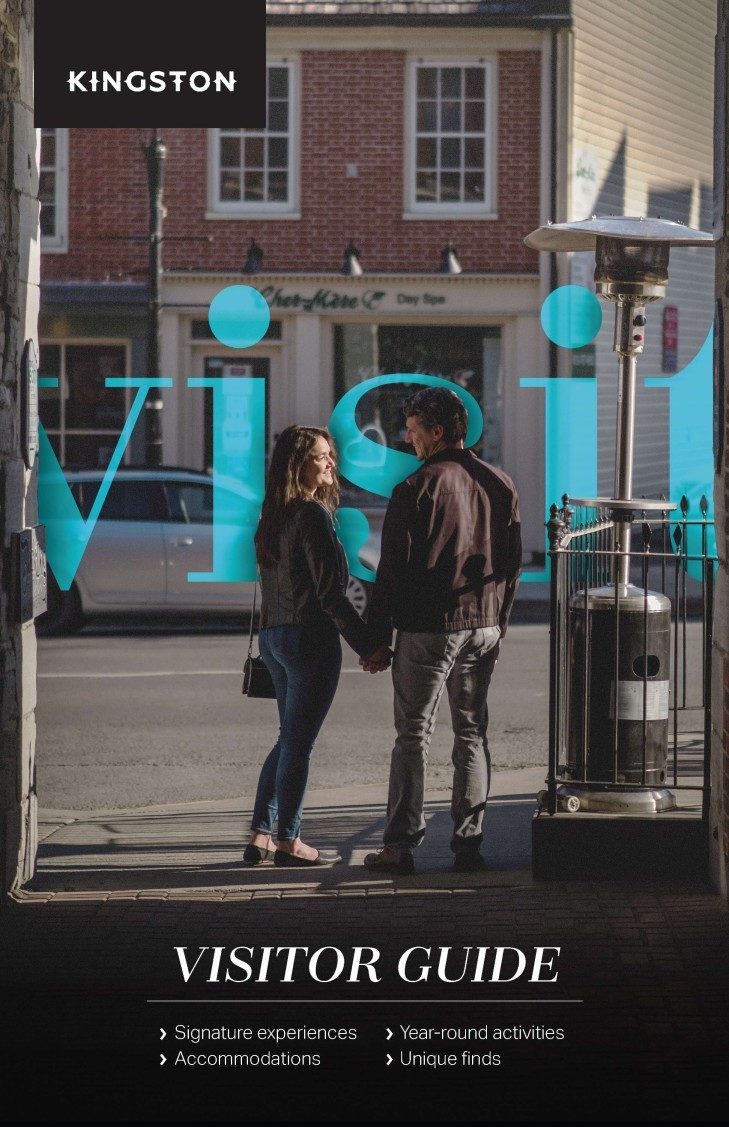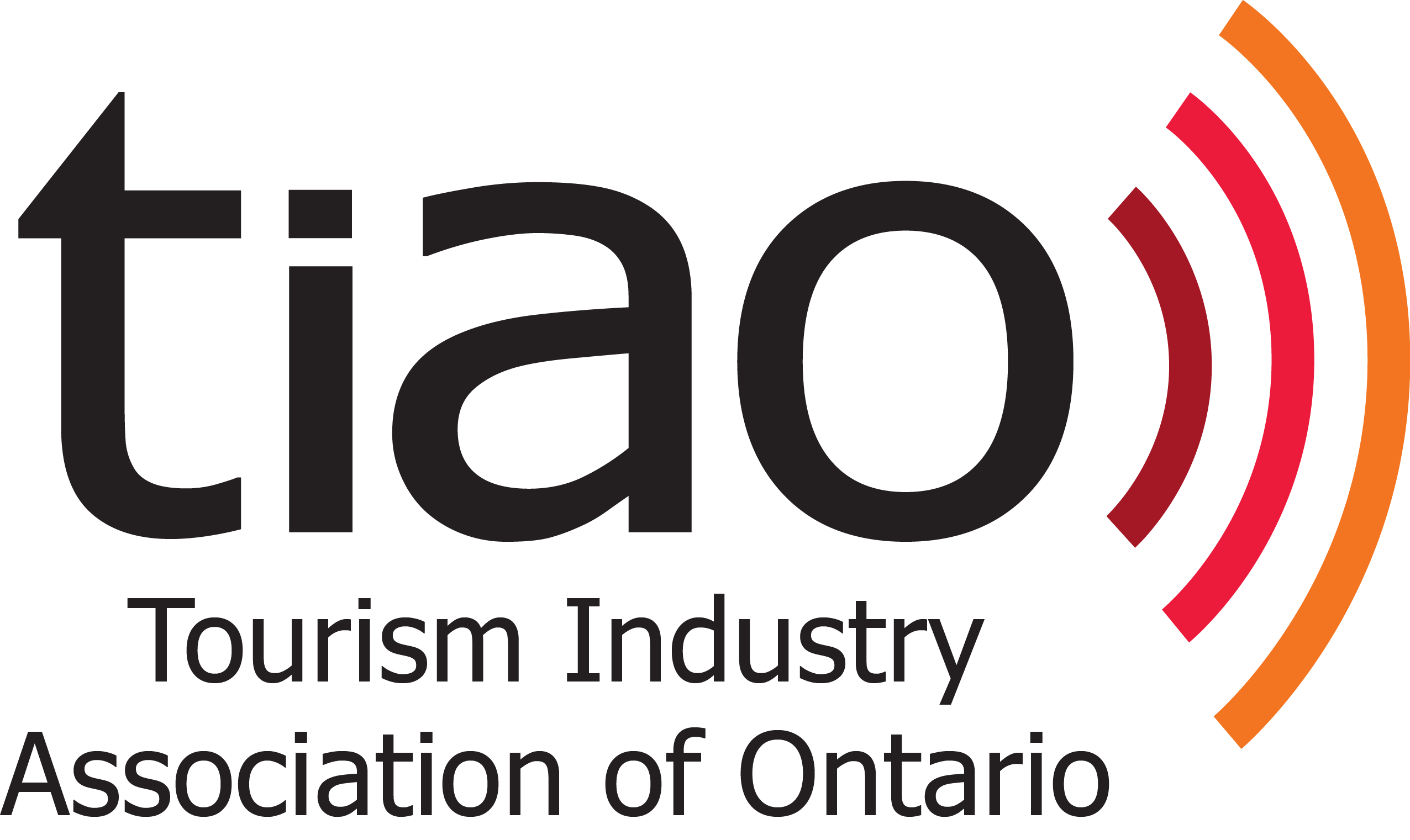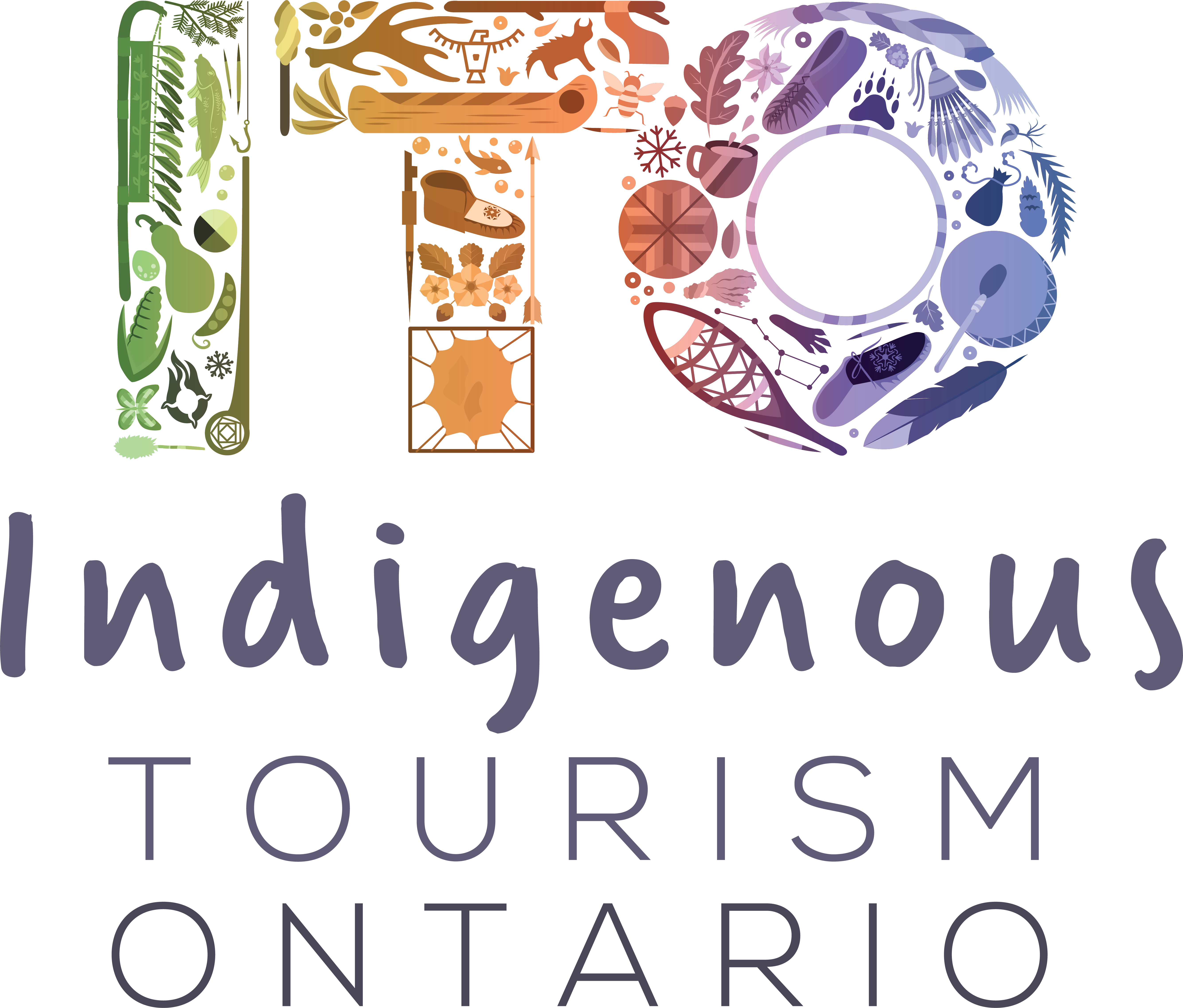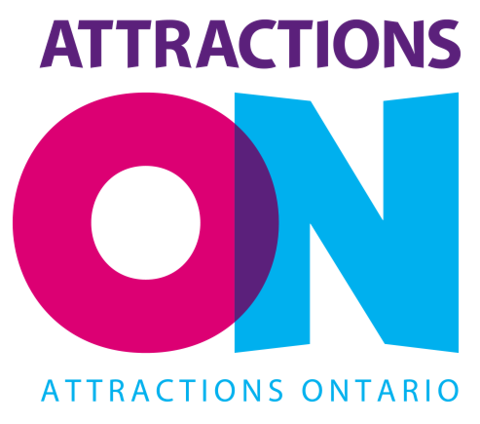This year, the hallway conversations – participants bursting out of events, eager to keep discussions going – were especially significant at the National Campus and Community Radio Association (NCRA) conference held in Kingston, Ontario, in June.
“You could see the networking happening after sessions. Participants were so energized by the opportunity to connect again with their peers and generate new ideas in person,” says Barry Rooke, Executive Director of the NCRA, a network of about 120 non-profit radio stations in Canada.
Hosted in-person after two years online, the annual NCRA conference brought together radio representatives from across the country for several days of workshops, caucus meetings, and live performances, as well as an awards gala and concert at the Isabel Bader Centre for the Performing Arts.

